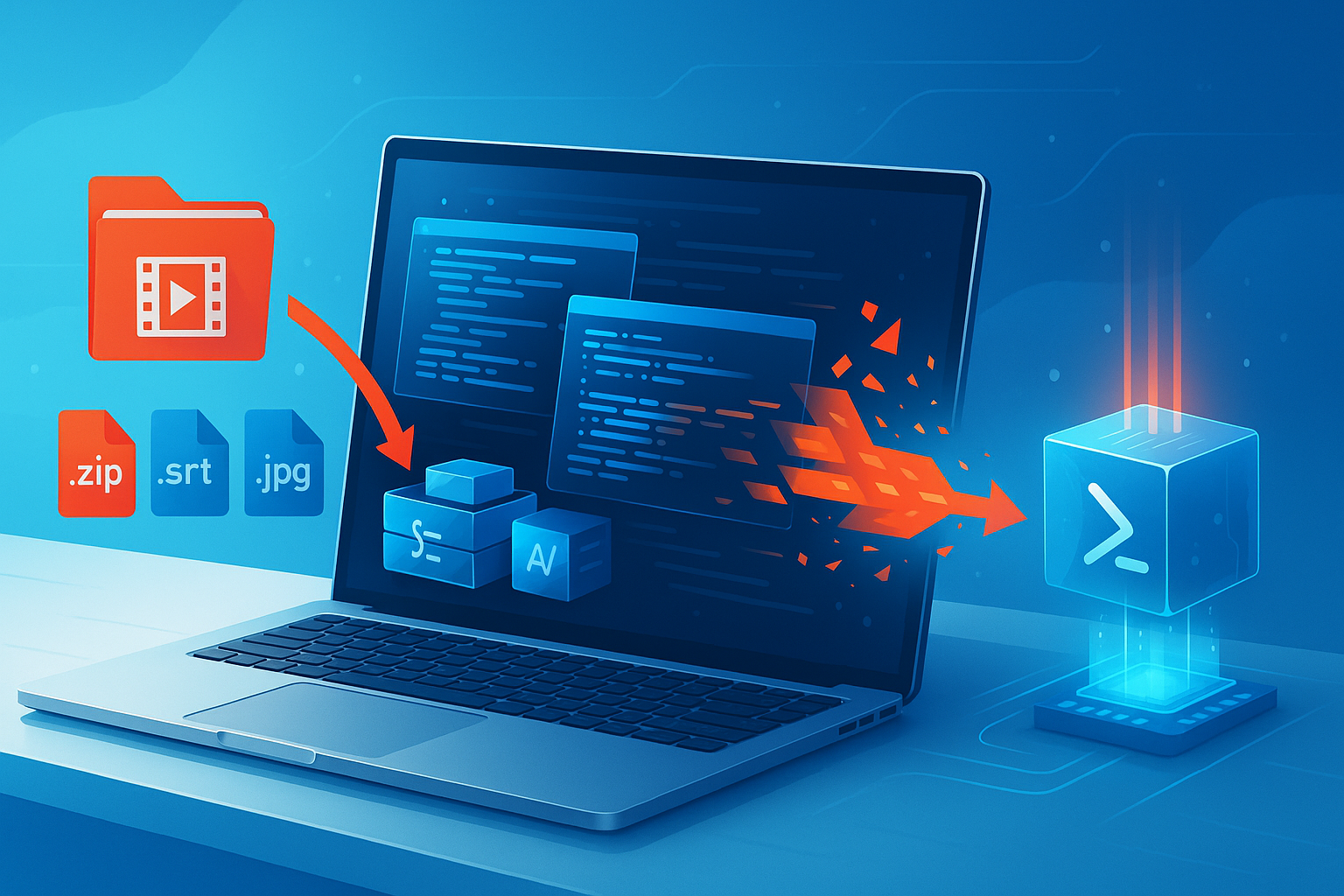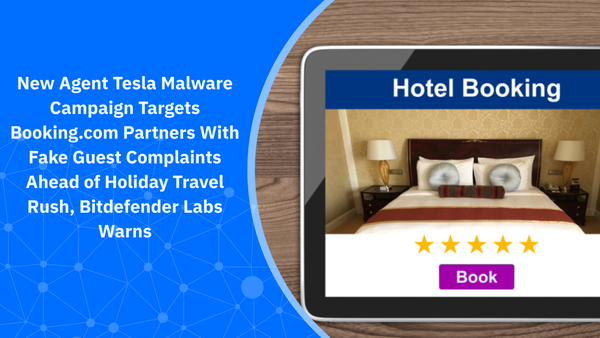Small Business Owners Are Already Putting AI to Work—Here Are 10 Tools You Should Try Today

AI agents are no longer something out of a sci-fi movie—they’re here, and they’re becoming part of everyday business life. Pretty soon, every small business will have its own AI assistant, customized to fit its unique needs. These tools are evolving fast. Whether you’re managing marketing, finances, design, or day-to-day operations, there’s likely an AI tool out there that can make your job easier.
Small businesses aren’t just curious about AI—they’re already testing and using it. A recent survey by Reimagine Main Street, done with PayPal, shows how fast this change is happening: 82% of small business owners believe adopting AI is key to staying competitive. More than half are looking for ways to integrate AI into their work, and about one in four have already done it. This isn’t a short-lived trend; it’s a major shift in how businesses operate.
If you haven’t tried AI tools yet, this is the perfect time to start. Below, you’ll find 10 practical tools every small business owner should know.
10 Powerful AI Tools for Small Business Owners
1. ChatGPT (OpenAI) – Your Everyday AI Assistant
What it does: ChatGPT helps with quick writing tasks—social captions, blog drafts, email templates, and customer service replies. It can also brainstorm ideas, create short scripts, and even write simple code snippets.
Why it’s great for small businesses: Instead of staring at a blank page, you can have a draft ready in minutes.
Best for: Fast, frequent writing tasks.
Pro tip: Use ChatGPT for first drafts, then fine-tune to keep your brand voice authentic.
Related: OpenAI Wants ChatGPT to Be Your Next Personal Assistant – What That Means for Entrepreneurs
2. Claude (Anthropic) – Your Big-Project AI Partner
What it does: Claude can handle bigger files and more context than ChatGPT. Upload brand guidelines, product specs, or past campaigns, and it will create ad copy, email sequences, or full marketing plans that feel consistent.
Why it’s great for small businesses: Perfect for major projects like product launches or integrated campaigns.
Best for: Strategy-heavy work requiring lots of background info.
Pro tip: Give Claude as much context as possible upfront for the best results.
3. Canva (Magic Design & AI Features) – Design Made Simple
What it does: Canva’s AI features, like Magic Design, help you create polished graphics, presentations, and ads in your brand style in seconds.
Why it’s great for small businesses: Professional-looking designs without the cost of a designer or complex software.
Best for: Social media visuals, ads, and branded presentations.
Pro tip 1: Save your brand kit in Canva to keep all designs consistent.
Pro tip 2: Need unique visuals? Use Midjourney alongside Canva. Midjourney creates original, AI-generated images you can drop into your Canva templates for a more distinctive look.
Related: How You Can Use Canva Safely for Your Small Business
4. Letterly – From Voice Notes to Written Content
What it does: Letterly turns voice recordings into clean, structured text. Speak your ideas, and it transforms them into blog posts, emails, or captions.
Why it’s great for small businesses: Ideal for busy entrepreneurs who think on the go.
Best for: Content creation without typing.
Pro tip: Record your thoughts during commutes or walks, then let Letterly polish them into ready-to-use text.
5. HubSpot – Smarter CRM and Email Marketing
What it does: HubSpot organizes your customer data, automates email campaigns, and uses AI to personalize outreach and track engagement.
Why it’s great for small businesses: Keeps your marketing and customer relationships organized, so you never miss a lead.
Best for: Email marketing and CRM.
Pro tip: Start with the free plan and upgrade as your business grows.
Related: What Is HubSpot and What Does It Do? Complete Guide for Small Businesses
6. QuickBooks Online + AI Insights – Finance Management
What it does: QuickBooks automates invoicing, tracks expenses, and uses AI for cash flow forecasts and reminders.
Why it’s great for small businesses: No more spreadsheets or missed invoices—QuickBooks keeps your finances on track.
Best for: Accounting and financial planning.
Pro tip: Use its AI-powered insights to plan ahead for seasonal changes.
Related: QuickBooks for Small Business: What it is & how to secure it
7. GitHub Copilot – Your Coding Companion
What it does: Copilot suggests code as you type, fixes bugs, and speeds up development.
Why it’s great for small businesses: If you’re building a site or app, this saves time and money. Even if you hire a developer, Copilot helps them work faster.
Best for: Website and app development.
Pro tip: Pair Copilot with a freelancer for cost-effective, quick builds.
8. Pictory – Turn Text Into Videos
What it does: Pictory turns blog posts or scripts into short videos using stock footage, captions, and voiceovers.
Why it’s great for small businesses: Video content drives engagement, but professional video production is expensive. Pictory makes it simple and affordable.
Best for: Social media videos, ads, and product demos.
Pro tip: Repurpose your old blog posts into fresh video content for TikTok, Instagram, or YouTube.
9. Fireflies.ai – Automatic Meeting Notes
What it does: Fireflies records and transcribes meetings, creating searchable notes and summaries.
Why it’s great for small businesses: No more scrambling to take notes or missing key points during client calls.
Best for: Client meetings, brainstorming sessions, and team check-ins.
Pro tip: Connect Fireflies to Zoom or Google Meet for instant post-meeting summaries.
10. Perplexity – Smarter Research in Real Time
What it does: Perplexity is an AI research assistant that provides real-time answers with credible sources.
Why it’s great for small businesses: Perfect for market research, competitor analysis, or finding accurate data without hours of searching.
Best for: Business owners and consultants who need up-to-date, verified information.
Pro tip: Use Perplexity for fact-checking and trend research before making business decisions.
How Much Will These Tools Cost You?
AI sounds exciting, but what about the price tag? If you subscribed to every tool on this list—ChatGPT, Claude, Canva, Letterly, HubSpot, QuickBooks, GitHub Copilot, Pictory, Fireflies, and Perplexity—you’d spend about $170 a month, or roughly $2,000 a year.
That might feel like a lot for a small business—but here’s the good news: you don’t need to start there.
Most of these tools offer strong free plans. The only ones you’ll likely need to pay for upfront are QuickBooks (no free tier) and Pictory if video content is part of your strategy. Add GitHub Copilot at $10/month and maybe ChatGPT Plus at $20/month for better performance, and you’re still looking at around $80 a month—less than half the full price.
Start free and upgrade as you grow. Use Canva, HubSpot, Fireflies, and Perplexity on their free tiers until you hit their limits. That’s what most businesses are doing—recent surveys show 68% of small businesses spend under $50 a month on generative AI.
Begin with the areas where you waste the most time or feel the most pressure. Pick one or two tools, test them for a few weeks, and only add more when you see real results. That way, AI becomes a time-saver, not another thing on your to-do list.
Related: How to Create a Business Website with AI (Even If You’ve Never Done It Before)
Stay Safe While Using AI: Why Security Matters
AI tools are powerful, but they’re not without risks. Some require uploading sensitive business data—brand guidelines, financial details, even customer information. If that data falls into the wrong hands, it could damage your reputation or cost you money.
Here’s how to stay safe:
- Use official platforms only. Don’t share files with random AI apps that look suspicious.
- Check privacy settings. Tools like ChatGPT let you disable data retention.
- Avoid uploading personal customer data unless necessary.
To add an extra layer of protection, use a trusted security solution like Bitdefender Ultimate Small Business Security. It safeguards your devices, protects your accounts from phishing and identity theft, and keeps sensitive data safe—even when your team works remotely.
Stay ahead with AI—without risking your data.
tags
Author
Cristina Popov is a Denmark-based content creator and small business owner who has been writing for Bitdefender since 2017, making cybersecurity feel more human and less overwhelming.
View all postsRight now Top posts
Cybercriminals Use Fake Leonardo DiCaprio Film Torrent to Spread Agent Tesla Malware
December 11, 2025
Genshin Impact Scam Alert: The Most Common Tricks Used Against Players
December 05, 2025
How Kids Get Automatically Added Into WhatsApp Groups with Horrific Imagery Without Consent
November 24, 2025
Scammers Exploit Hype Around Starbucks Bearista Cup to Steal Data and Money, Bitdefender Antispam Lab Warns
November 18, 2025
FOLLOW US ON SOCIAL MEDIA
You might also like
Bookmarks









